The National Park Service Wildland Fire Management Program is dedicated to safety, science, and resource stewardship. A safe and successful fire management program has many elements that must all work together.
The NPS manages wildland fire to protect the public, communities, and infrastructure, and to restore and maintain ecological health. The program manages fire based on the best scientific information and monitors programs to ensure that objectives are being met. NPS wildland fire managers work in coordination with other natural and resource disciplines and interagency partners to ensure that park resources and values are preserved, protected, and enhanced through appropriate responses to wildfire and the application of fuels treatments.
-
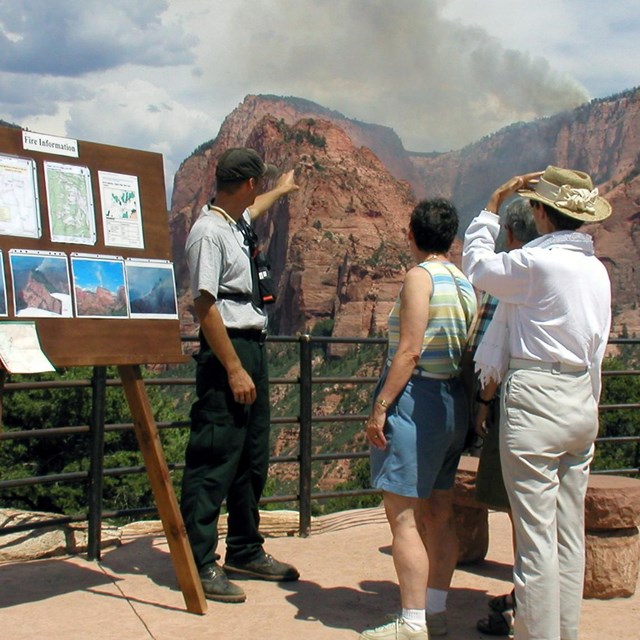 Promote Safety
Promote SafetyThe National Park Service is committed to safety. No natural or cultural resource, home, or item of property is worth a human life.
-
 Wildfires, Prescribed Fires, and Fuels
Wildfires, Prescribed Fires, and FuelsThe NPS manages wildland fire and fuels in light of safety, economics, social considerations, and anticipated environmental effects.
-
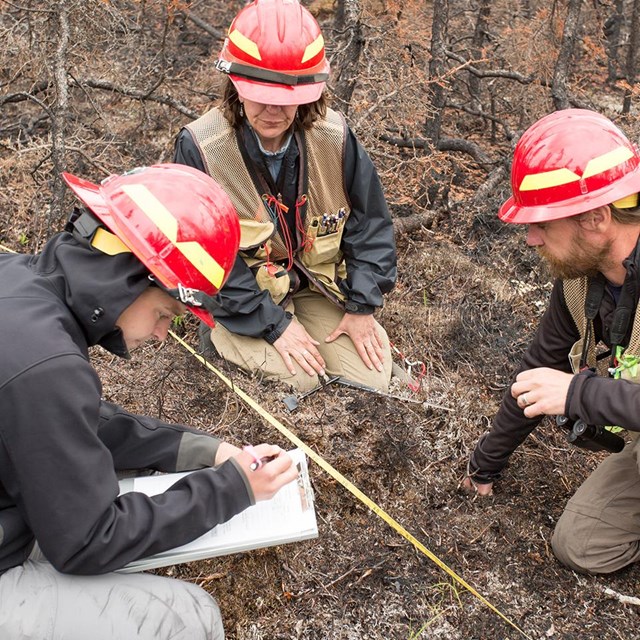 Fire Ecology and Research
Fire Ecology and ResearchThe National Park Service strives to ensure that the most current science-based information is integrated into fire and land management.
-
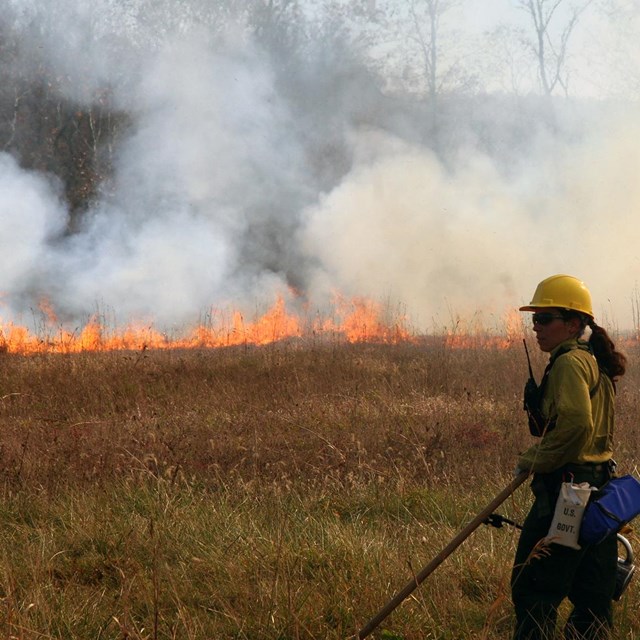 Fire Effects Monitoring
Fire Effects MonitoringThe fire effects monitoring program gathers data for fire management planning to help ensure that we learn from past fires.
-
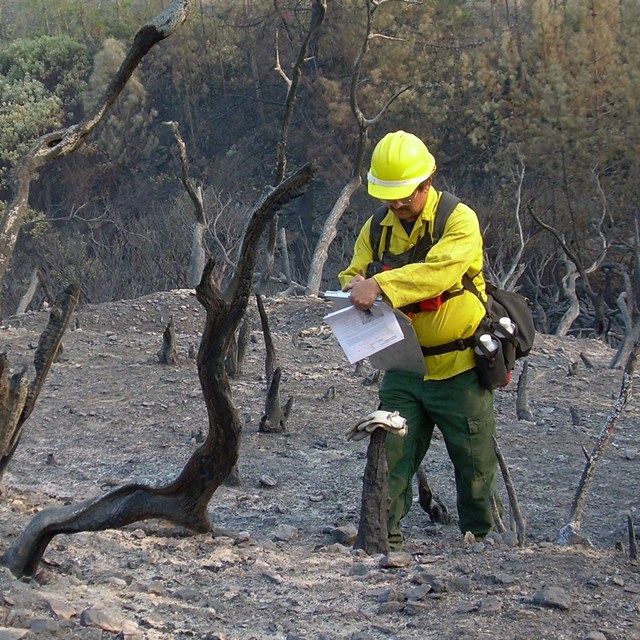 Post-Fire Rehabilitation and Recovery
Post-Fire Rehabilitation and RecoveryPost-fire programs (e.g., Burned Area Emergency Response) address erosion, runoff, and sedimentation after a fire.
-
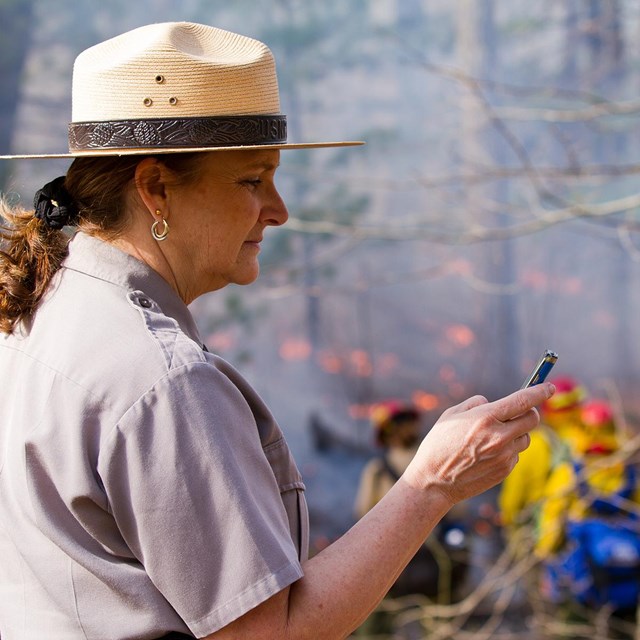 Informing the Public
Informing the PublicWildland fires may affect local businesses, homes, and visitors. Public engagement is an important part of wildland fire activities.
-
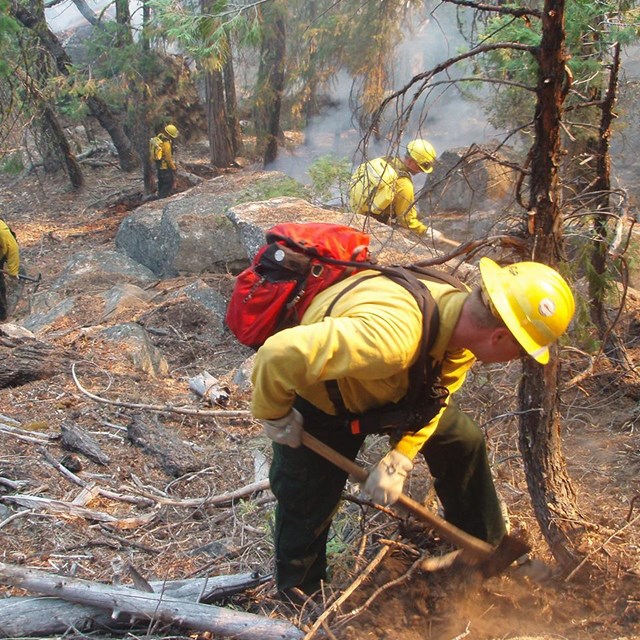 Wildland Fire Training
Wildland Fire TrainingAsk your supervisor/training officer or visit NPS Wildland Fire Training website for information on specialized wildland fire training.
-
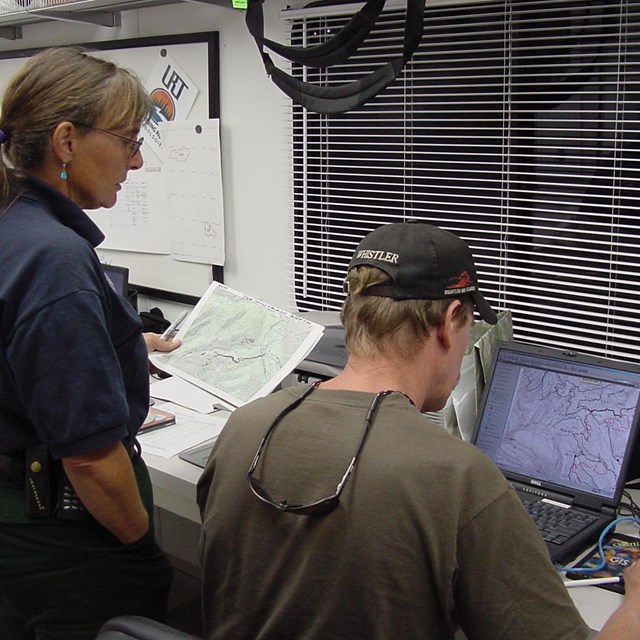 Using Technology
Using TechnologyTechnology is integral to achieving the mission of the Branch of Wildland Fire.
-
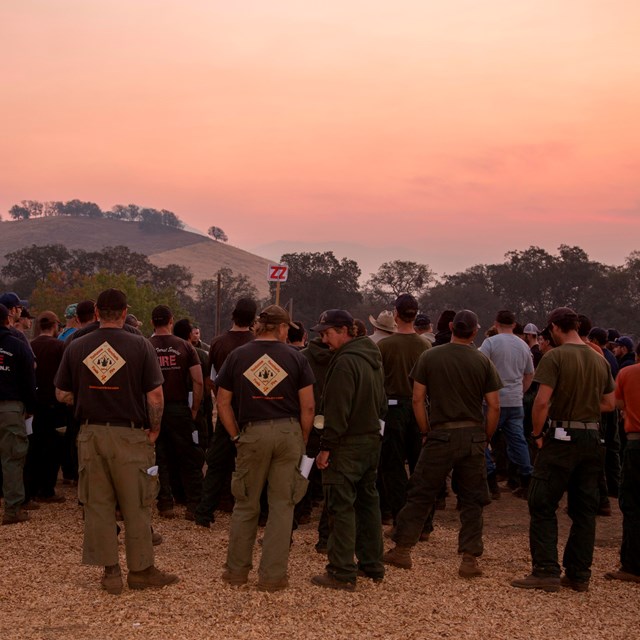 Incident Management Team Participation
Incident Management Team ParticipationDuring large scale wildfires, fire personnel from many different agencies come together to increase safety and efficiency.
Last updated: January 11, 2018
